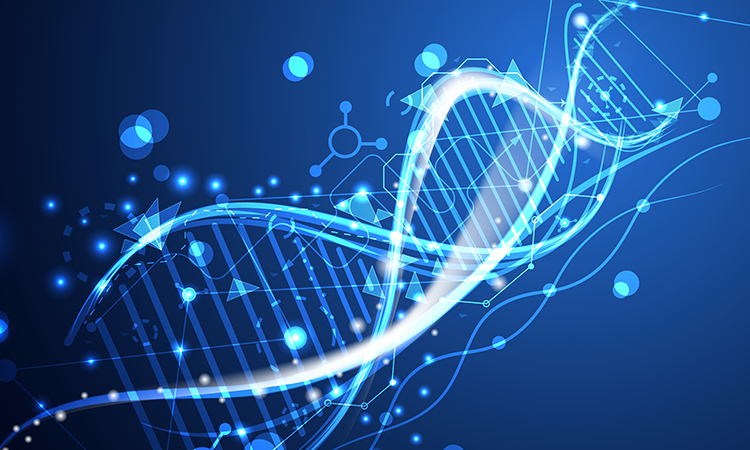Automated method to produce synthetic DNA created
Posted: 13 May 2021 | Victoria Rees (Drug Target Review) | No comments yet
Researchers have developed a technique to synthetically produce DNA oligonucleotides that avoids the degradation of phosphoramidites.


A team has developed a new automated method for producing synthetic DNA. The technique was created at Aarhus University, Denmark.
According to the team, chemically synthesised short DNA sequences, known as oligonucleotides, are extremely important ingredients with countless uses, for example detecting COVID-19. These are also widely used for the manufacture of oligonucleotide-based drugs and for several other medical and biotechnological applications.
The high demand for oligonucleotides therefore requires an efficient automated method for their chemical production. This process relies on phosphoramidites, which are chemical compounds that have the disadvantage of being unstable unless stored at -20°C.
Instruments used for DNA synthesis are not able to cool down the phosphoramidites and consequently it is unavoidable that some of them degrade after being added to the instrument.
The researchers developed a relatively simple but efficient technology where the production of phosphoramidites can be automated and integrated directly into the instrument for DNA synthesis.
This avoids both the manual synthesis of these, which normally would take up to 12 hours, as well as the problem of storing unstable phosphoramidites. One research group contributed their expertise in automated DNA synthesis and another group contributed their know-how with chemical reactions that take place in continuously flowing liquids (flow chemistry).
In the new method of producing phosphoramidites, nucleosides (starting materials) are flushed through a solid material (resin), which can potentially be fully integrated into an automated process in the instrument for DNA synthesis. The resin ensures that the nucleosides are rapidly phosphorylated, whereby the nucleosides are converted to phosphoramidites within a few minutes. From the resin, the phosphoramidites are automatically flushed on to the part of the instrument which is responsible for the DNA synthesis.
The team say this avoids the degradation of the phosphoramidites, as they are first produced just before they are to be used, in a faster, more efficient flow-based way that can potentially be automated and operated by non-chemists.
The results are published in Nature Communications.
Related topics
Bioengineering, Biopharmaceuticals, DNA, Lab Automation, Medicinal chemistry
Related conditions
Covid-19
Related organisations
Aarhus University



